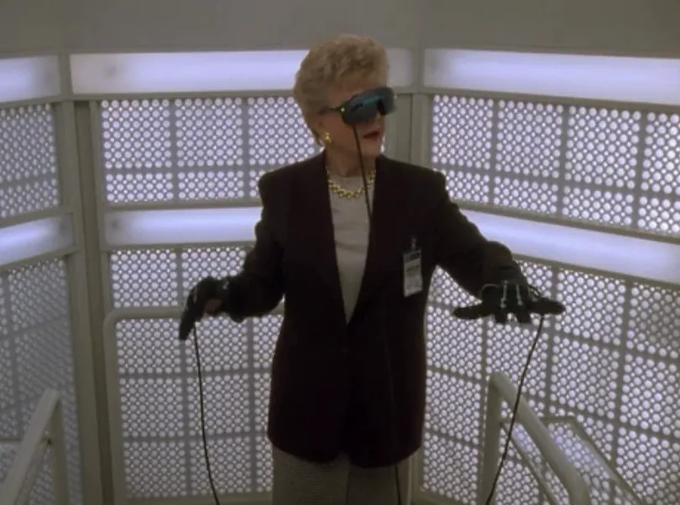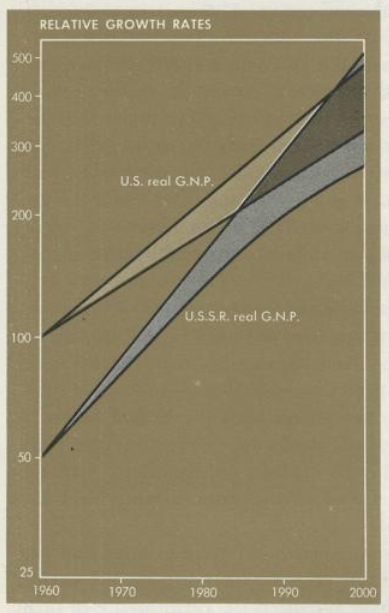Before we get into this, it should be noted that the market reacted (or more accurately, failed to react) to this by pumping the stock up 15%. The main driver of the surge appears to be a deal with GM and Ford to partner up on an expanded charging network. The bull case seems optimistic, particularly when you remember that many of these same people justified their sky-high valuations partly because Tesla had exclusive rights to its charging network.
From "A Leaked Tesla Report Shows the Cybertruck Had Basic Design Flaws" by Jeremy White Aarian Marshall
In May, the German newspaper Handelsblatt began reporting on the “Tesla Files”: thousands of internal documents provided to it by a whistleblower. Among those documents was an engineering report that might give some insight into why the vehicle has taken so long to come to market. The report, dated January 25, 2022, which WIRED has examined, shows that the preproduction “alpha” version of the Cybertruck was still struggling with some basic problems with its suspension, body sealing, noise levels, handling. and braking.
This is on top of the issues we already knew about, including...
Stainless steel is not easy to shape or mold, “Hence the look as if it's the output of a student in an in-class ‘Pop Quiz Number 1’ for the course ‘Intro to Car Design,’” says Raj Rajkumar, a professor of electrical and computer engineering at Carnegie Mellon University. The material requires specialized welding techniques, and it doesn’t flex easily, which could be dangerous in a crash, when force usually absorbed by a “crumple zone” could be transferred to cabin occupants instead, Rajkumar says.
Experts have noted that the odd shape of the vehicle, and particularly its sharp edges, will make it hard for the Cybertruck to meet pedestrian protection rules in Europe, and possibly in other markets. “These long, unbroken sheets of metal, with the sharp lines and a humongous windshield, make me think there’s going to be some real issues with potentially passing safety regulations, especially outside the US,” Gartner’s Ramsey says.
Addressing all of these manufacturing and engineering issues is likely to have substantially pushed up the price of the Cybertruck. Musk initially said the pickup’s price would start below $40,000. However, by 2021 those attractive price estimates had already been removed from Tesla’s website. Musk told shareholders last year that the vehicle’s specifications and pricing had changed since its introduction in 2019.
It was, however, this paragraph that particularly caught my eye.
“You need something new to reinvigorate the story. Whether that’s the humanoid robot, the Tesla Semi, the Cybertruck, Full Self-Driving, all of those are fair game in the eyes of the Tesla PR machine to keep the narrative going about continued growth,” says Jeffrey Osborne, a managing director and senior research analyst who covers Tesla at the financial services firm Cowen. “The logical [first] one of all of those is the Cybertruck.”
We've been making similar points for a while now. From 2017:
Finally, it is essential to remember that maintaining this “real-life Tony Stark” persona is tremendously valuable to Musk. In addition to the ego gratification (and we have every reason to believe that Musk has a huge ego), this persona is worth hundreds of millions of dollars to Musk. More than any other factor, Musk’s mystique and his ability to generate hype have pumped the valuation of Tesla to its current stratospheric levels. Bloomberg put his total compensation from Tesla at just under $100 million a year. When Musk gets tons of coverage for claiming he's about to develop telepathy chips for your brain or build a giant subterranean slot car race track under Los Angeles, he keeps that mystique going. Eventually groundless proposals and questionable-to-false boasts will wear away at his reputation, but unless the vast majority of journalists become less credulous and more professional in the very near future, that damage won’t come soon enough to prevent Musk from earning another billion dollars or so from the hype.
And from 2022:
Maintaining his current fortune requires Musk to keep these fantasies vivid in the minds of fans and investors. People have to believe that the Tesla model after next will be a flying exoskeleton that can blow shit up.
Here are the primary exoskeletons of the Musk empire as of 2022.
Full Self Driving (Beta but see below)
Cyber trucks (one handmade prototype after all these years. Accepting checks now. Production always "next year")
Optimus the friendly robot (literally a dancer in a robot suit)
Fitbits for your brain (mainly an excuse to torture small primates to death)
Super fast tunnelling machines (actually slower than the industry standard)
And the one of these things which is not like the other...
Starlink (doable technology, absurd business plan, horrifying externalities)
From a business standpoint, FSD is the most important and a big chunk in the stock plunge may be a reflection of how it's going.










